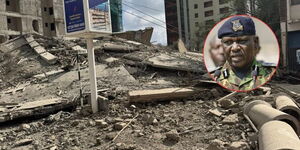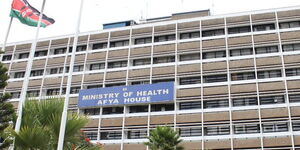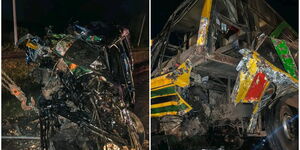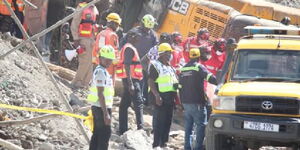Kenya has been dealing with a worrying series of aviation accidents in recent months, raising concerns about the safety of its skies. The latest tragedy took place in Mwihoko, Nairobi, when an African Medical and Research Foundation (AMREF) Flying Doctors aircraft crashed into a residential area, killing six people, including two on the ground.
Just weeks earlier, two Kenya Air Force officers lost their lives when a military aircraft went down in Kwale County. Records show the plane had departed from Mombasa and disappeared from radar near Diani, crashing barely 27 minutes after takeoff.
In another fatal accident on January 30, two people died when a light aircraft crashed at Kedong Ranch in Naivasha. Police and rescue teams reported that poor weather conditions and difficult terrain hampered their operations. These incidents have left Kenyans questioning why such disasters keep recurring.
Industry experts argue that the aircraft themselves are not the problem. They point instead to systemic negligence, lapses in safety culture, human error, and increasingly unpredictable weather patterns as the leading causes behind the tragic record.
“Aeroplanes are faithful machines. They are built to serve and are fitted with multiple backup systems. Before anything goes wrong, they will give pilots and engineers enough warnings,” aviation consultant Godwin Ike told DW. He stressed that when planes crash, it is often a reflection of human failings rather than mechanical flaws.
Ike noted that poor decision-making and negligence remain common across Africa’s aviation industry. He explained that pilots sometimes ignore automated fault alerts or proceed with flights despite maintenance warnings, putting passengers and crew at risk.
“Turn that plane in for maintenance that is due. That way, you can guarantee safety. It is not a weakness—it is responsible action,” he emphasised.
Weather & Visibility
Weather also plays a critical role in aviation safety, and experts say climate change is making skies more dangerous. Felicity Ahafianyo, head of Ghana’s Central Analysis and Forecast Office, pointed out that changing atmospheric conditions are introducing new hazards in an interview with DW.
“When it comes to aviation, weather is a key factor. Thunderstorm clouds, visibility challenges, and wind shear all pose risks. On top of that, we now see more unpredictable rainfall and clear-air turbulence, which pilots cannot always detect in advance,” she explained.
This unpredictability means that even well-trained pilots face new threats in the skies. Poor visibility and sudden turbulence can lead to accidents, particularly when combined with older aircraft and strained safety protocols.
International Safety Standards
Beyond weather and human error, experts point out regulatory weaknesses. Africa’s aviation oversight has long been criticised for inconsistent enforcement of international safety standards.
Weak government regulation, limited budgets for aviation authorities, and the rising cost of spare parts have created fertile ground for accidents.
According to experts, negligence on the ground is just as dangerous as mistakes in the cockpit. Experts urge African regulators to ensure that every mechanical alert and weather advisory is treated as an order, not merely a suggestion.
International aviation bodies have repeatedly called on African governments, including Kenya, to modernise their safety enforcement systems. They argue that unless proper maintenance, stricter oversight, and climate adaptation measures are prioritised, crashes will continue to claim lives and erode public trust in the aviation sector.
Kenya’s recent tragedies serve as a sobering reminder of the urgent need to strengthen its aviation safety culture. Experts insist that building a reliable air transport system requires collaboration between regulators, operators, and governments to put human safety above economic and political considerations.












